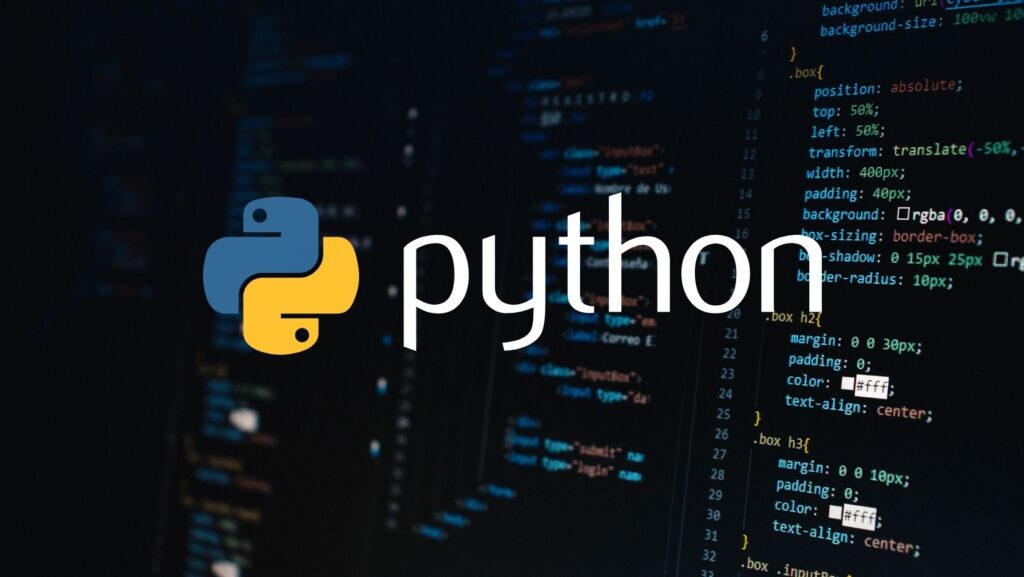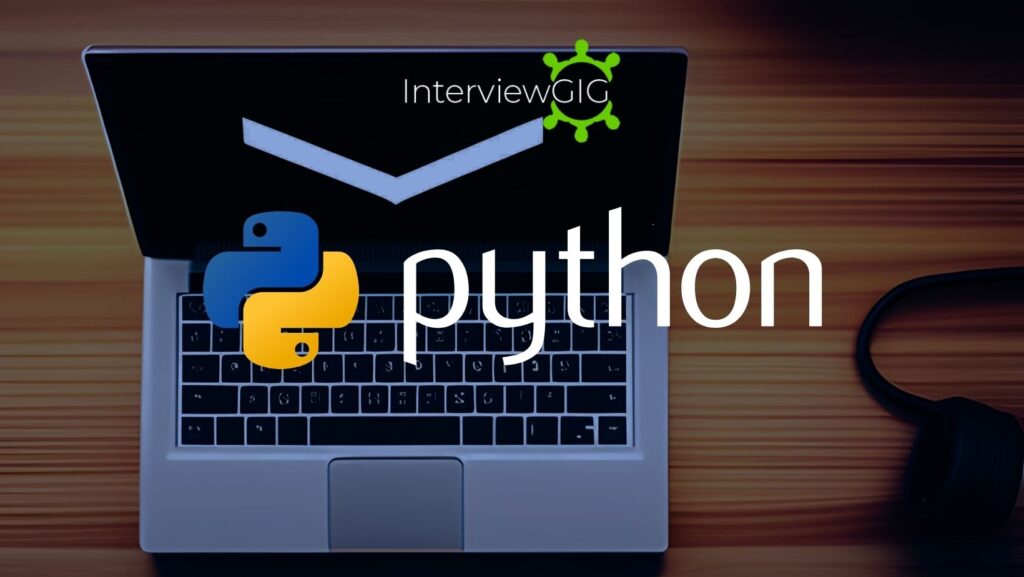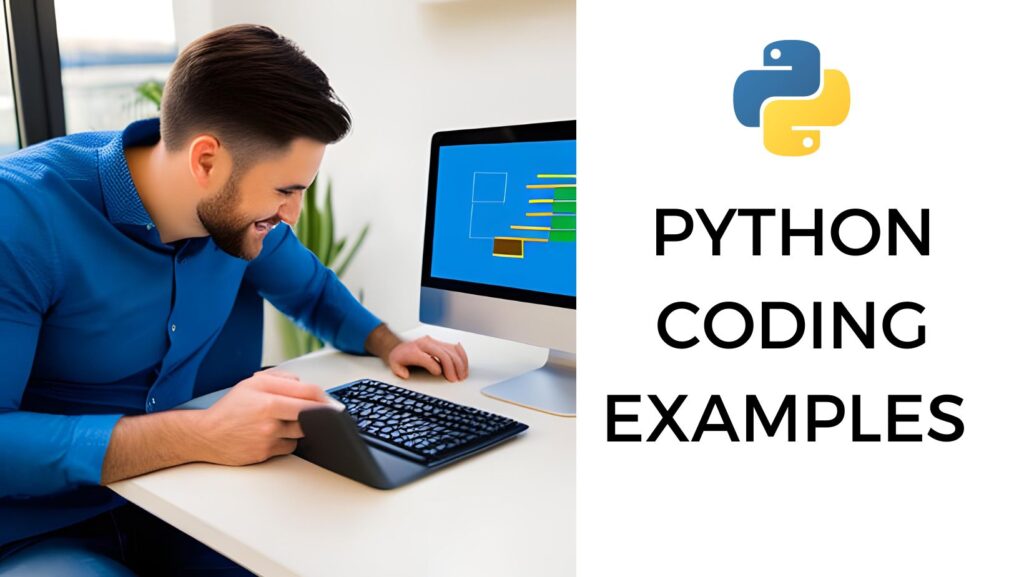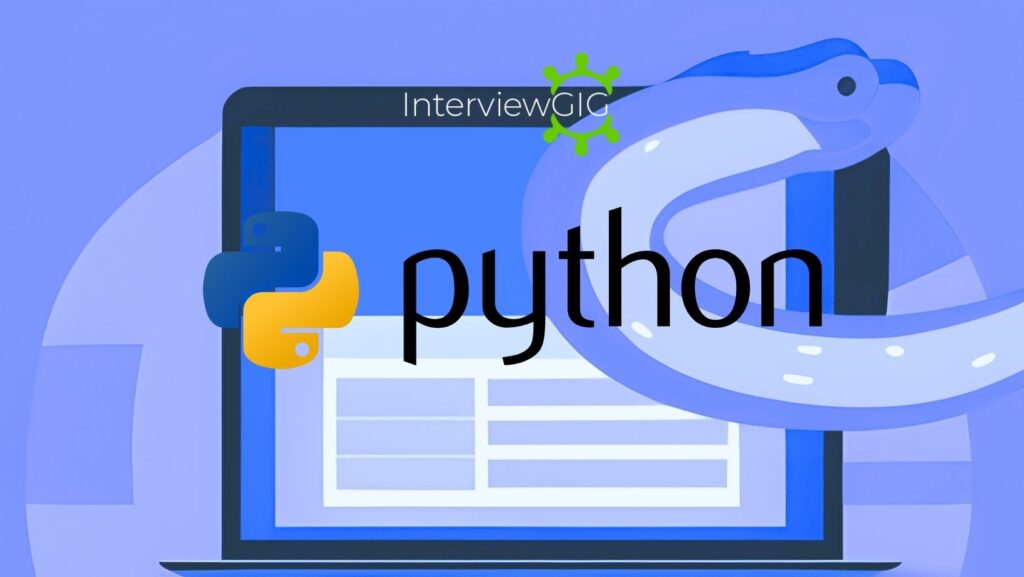Python Libraries for Beginners
Introduction
Python is a one of the most popular and widely used programming languages in recent days. It is a high level, General Purpose, and powerful Programming Language It is designed by Guido Van Rossum. It was released in 1991.Many companies now use Python programming for their major work. Python Programming language is mainly used for web applications, business applications, Scientific & Numeric, Internet development, Desktop GUIs, and Software Development etc.
“Python is an excellent first programming language for new programmers or beginners.”
Python has a huge number of libraries that make it easier for complete complicated tasks. Now, let us look at the most used Top 10 python libraries are.
#1 TensorFlow

TensorFlow is a Free and end to end opensource software library for Python, Machine Learning Deep Learning, and Neural Networks. It was originally developed by Google. Basically, it is a popular frame work for Machine and Deep Learning. This library is used to develop, train and design deep learning models.
#2 NumPy
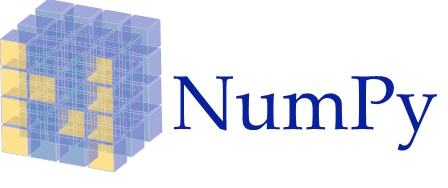
NumPy is a free and Open Source Python Library. It is a most used and powerful library for data science and Machine learning. It can be used for scientific and numerical computing. It is a powerful N-dimensional array object It provides a large library of high-level mathematical functions to operate on these arrays.
#3 SciPy

SciPy is a free and opensource Python Library. This library used for Scientific-computing and technical computing. It includes modules for statistics, optimization, integration, linear algebra, Fourier transforms, signal and image processing, ODE solvers, and more.
#4 Pandas

Pandas is a modern, powerful and opensource Python library for data analysis, data manipulation, and data visualization. It is one of the most widely used python libraries in data science and Machine learning.
#5 Scikit-learn
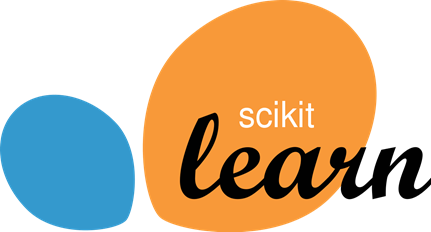
Scikit-learn is a free and open source library for machine learning in Python. Scikit learn is simple and effective tools for data mining and data analysis. it also supports Python numerical and scientific libraries like NumPy and SciPy.
#6 Keras

Keras is a powerful and easy-to-use free open source Python library for developing and evaluating deep learning models. Keras is a high-level neural networks API, written in Python.
#7 PyTorch

PyTorch is an open-source machine learning package based on the programming language Lua. PyTorch has two main features:
- Tensor computation (like NumPy) with strong GPU acceleration
- Automatic differentiation for building and training neural networks
#8 Theano

Theano is an open source project released under the BSD license. Theano is a Python library that allows you to define, optimize, and evaluate mathematical expressions involving multi-dimensional arrays efficiently. It can be run on the CPU or GPU. It is a common choice for implementing neural network models.
#9 Matpoltlib

Matpoltlib is a popular Python library for data visualization. used to create 2D graphs and plots by using python scripts. It supports a very wide variety of graphs and plots namely – Line, histogram, bar charts, scatterplots, power spectra, error charts etc.
#10 NLTK

NLTK is opensource library. It is a leading platform for building Python programs to work with human language data for applying in statistical natural language processing (NLP). NLTK is intended to support research and teaching in NLP or closely related areas, including empirical linguistics, cognitive science, Robotics, information retrieval, artificial intelligence and machine learning.
In conclusion, selecting Python libraries involves assessing project requirements, community support, and documentation. Prioritize libraries with active communities, frequent updates, and comprehensive documentation to ensure long-term viability and ease of integration. Consider factors such as performance, licensing, and compatibility with your project’s goals. Test libraries in relevant scenarios to gauge functionality and efficiency.
Remember, a thoughtful selection process leads to robust, maintainable code. Regularly reassess library choices to stay aligned with evolving project needs and emerging industry trends. Ultimately, a well-informed decision enhances development efficiency and fosters a successful, scalable Python project.
Read more : Python Programming Interview Questions and Answers


